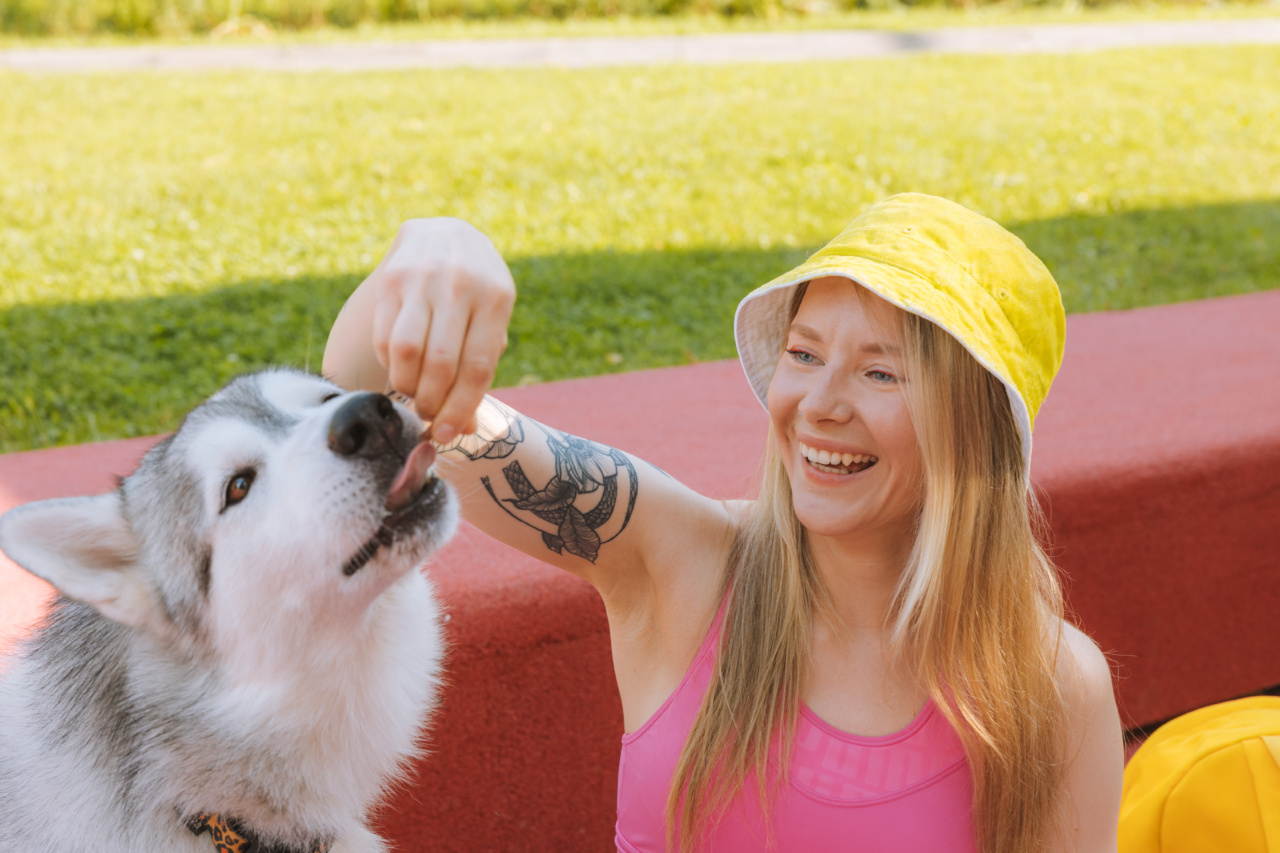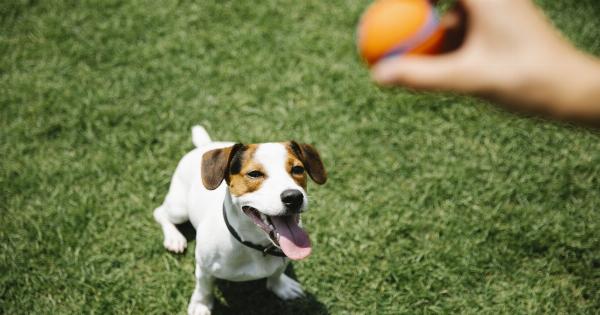Feeding time is a special moment for pets and their owners. It’s a time when we express our love and care for them by providing food that is nutritious and satisfying.
However, some pet owners have made a habit of feeding their dogs by hand, which may seem like a loving gesture but can lead to various problems. Today we will discuss the problems with feeding your dog by hand and suggest alternative approaches to ensure your pet’s health and well-being.
1. Increased Risk of Misbehaviour
Feeding your dog by hand can lead to misbehaviour such as mouthing, jumping, and begging. When you feed your dog by hand, you make it think that food comes directly from you.
This reinforces the idea that it can expect food from your hand at any time, which can create an expectation that your dog will always be fed. This can lead to many behavioural problems over time.
2. Risk of Accidentally Overfeeding
When you feed your dog by hand, it is easy to lose track of how much you are feeding your dog. This can result in your dog eating more than it should, leading to obesity and other health issues.
Additionally, feeding your dog table scraps or human food can also be harmful, as it can contain ingredients that are dangerous or poisonous to your dog.
3. Risk of Biting or Aggression
Feeding your dog by hand can also lead to biting and aggression. This is especially true for dogs that have a history of biting or showing aggression. When you move your hand toward a dog’s mouth, they may see this as a threat and react accordingly.
This can be dangerous for both you and your dog, as a bite can lead to infection or injury.
4. Promotes Dependence
Feeding your dog by hand can also promote dependence. When you feed your dog, you are essentially taking care of its most basic need. However, this can lead to your dog becoming overly reliant on you for food, instead of learning to feed itself.
This can create an unhealthy attachment between you and your dog, which can lead to anxiety or stress.
5. Not a Sustainable Approach
Feeding your dog by hand is not a sustainable approach to feeding your pet. As your dog grows, it will require more food, and feeding it by hand will become more difficult and time-consuming.
Additionally, it is not practical for all pet owners, especially those who have busy schedules or multiple pets.
Alternative Approaches to Feeding Your Dog
Feeding your dog by hand is not the only way to show affection and care. There are many alternative approaches to feeding your dog that are safe and effective:.
1. Scheduled Feeding
Scheduled feeding involves feeding your dog at specific times of the day. This approach ensures that your dog is receiving the appropriate amount of food and eliminates the risk of overfeeding.
Additionally, this approach can help your dog develop a routine and promote good behaviour.
2. Automatic Feeders
Automatic feeders are another alternative approach to feeding your dog. These feeders can be programmed to dispense food at specific times of the day, which can help you manage your dog’s diet and promote good behaviour.
Additionally, automatic feeders are ideal for pet owners who have busy schedules or multiple pets.
3. Puzzle Feeders
Puzzle feeders are a fun and interactive way to feed your dog. These feeders require your dog to work for their food by solving puzzles or manipulating the feeder.
This approach promotes mental stimulation and can help eliminate behavioural problems related to boredom or anxiety.
4. Training Treats
Training treats are another alternative approach to feeding your dog. These treats are small and can be used to reward good behaviour during training. This approach helps your dog learn good behaviour and reinforces positive actions.
Conclusion
Feeding your dog by hand may seem like a loving gesture, but it can lead to various problems such as misbehaviour, overfeeding, biting, and dependence.
To ensure your dog’s health and well-being, consider alternative approaches such as scheduled feeding, automatic feeders, puzzle feeders, and training treats. By adopting one of these approaches, you can promote good behaviour, manage your dog’s diet, and build a strong and healthy relationship with your pet.






























